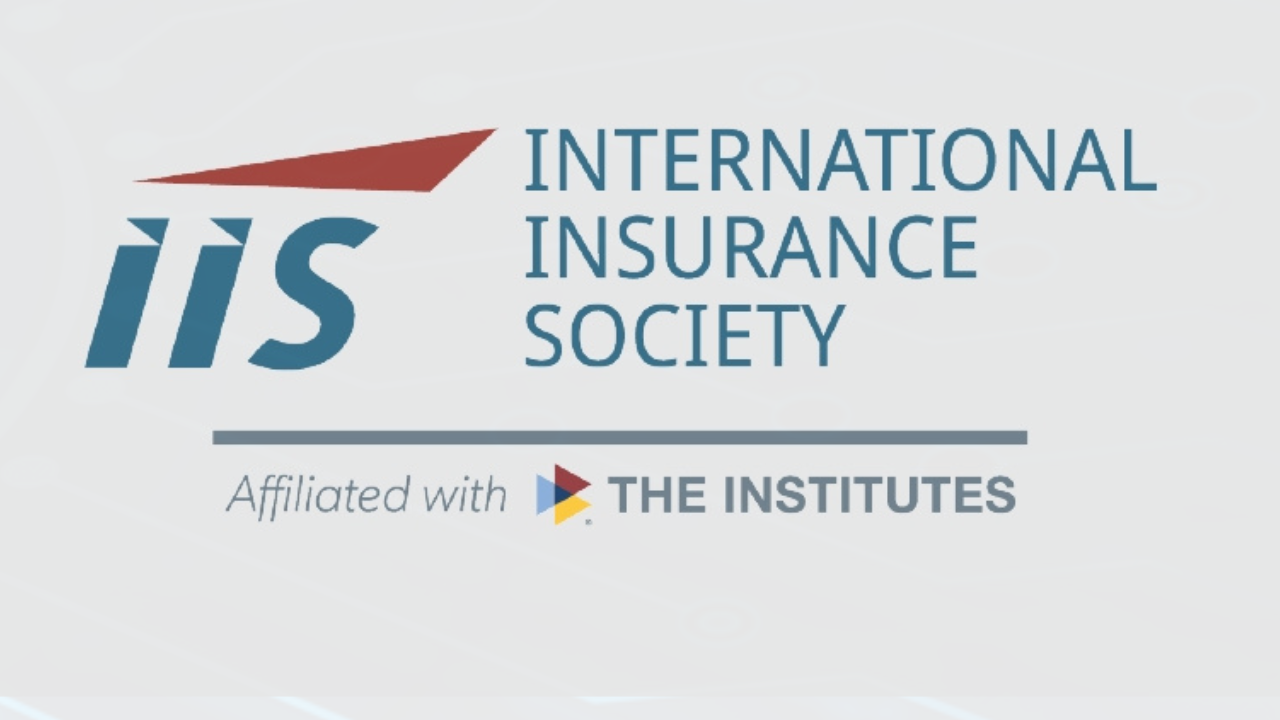
The insurance industry stands at a crossroads in 2025. As digital transformation accelerates, Chief Information Security Officers (CISOs) and risk managers are navigating a threat landscape that is more complex and unforgiving than ever before. Let’s look at the core challenges these leaders face when it comes to cyber risk — and why their roles have never been more critical.
1. The Sophistication and Scale of Cyber Threats
Insurance companies are prime targets for cybercriminals, not just because of the volume of sensitive data they hold, but also due to the sheer size and interconnectedness of their operations. Attackers are deploying increasingly sophisticated tactics — think AI-powered phishing, deepfake scams, and Ransomware-as-a-Service (RaaS)—that can bypass traditional defences and exploit both human and technical vulnerabilities. Social engineering, ransomware, and supply chain attacks are now daily realities, requiring CISOs and risk managers to stay ahead of a constantly evolving threat landscape.
2. Managing Expanding Attack Surfaces
Digital transformation and the adoption of insurtech have made insurance operations more efficient, but they’ve also expanded the attack surface. Remote work, cloud adoption, and third-party vendor relationships introduce new vulnerabilities and make it harder to maintain visibility and control over sensitive data. CISOs must balance the need for agility with robust security protocols, ensuring that employees and partners alike follow best practices.
3. Regulatory Pressure and Compliance
The regulatory environment for insurers is tightening, with new privacy laws and cybersecurity mandates emerging at both state and federal levels. CISOs and risk managers must ensure compliance with frameworks like CCPA, NYDFS, and potentially the federal Insure Cybersecurity Act, all while preparing for audits and reporting requirements. The cost of non-compliance isn’t just regulatory fines—it’s also reputational damage and loss of customer trust.
4. Boardroom Communication and Pressure
CISOs are increasingly expected to communicate cyber risk in business terms to boards and executive leadership. This isn’t always easy: many CISOs feel pressure to downplay risks, while others struggle to convey the urgency without being seen as alarmist. Effective cyber risk management now requires not just technical expertise, but also business acumen and strong communication skills.
“A CISO is now more involved in the overall cyber risk management of the company, mitigation of risks and the decision-making process. The CISO is now closely aligned with C-level executives and the Board of Directors to keep them informed about cyber security risks and initiatives to mitigate the threat.”
5. Talent Shortages and Resource Constraints
The demand for skilled cybersecurity professionals far outpaces supply, leaving many insurance companies struggling to manage and respond to threats effectively. This talent gap puts additional strain on existing teams and can slow down the implementation of new security initiatives.
6. The Need for Proactive, Layered Defense
Gone are the days when a single solution could address all cyber risks. Today’s CISOs and risk managers must implement a layered defence strategy — combining advanced technologies (like AI and machine learning), regular vulnerability assessments, employee training, and incident response readiness. This proactive approach is essential for building resilience and ensuring business continuity in the face of inevitable attacks.
7. Cyber Risk Quantification and Insurance
As cyber insurance becomes more common, underwriters are demanding greater visibility into an organization’s risk posture. Risk managers must quantify cyber risk in financial terms, justify investments in controls, and meet stricter requirements for coverage. This trend is pushing insurance companies to adopt more rigorous risk assessment and mitigation practices.
In summary: CISOs and risk managers in the insurance industry face a perfect storm of sophisticated threats, regulatory scrutiny, and operational challenges. Their ability to adapt, communicate, and lead across technical and business domains will be the deciding factor in whether their organisations remain resilient in the face of cyber risk — or become the next headline. Staying ahead means continuous assessment, investment in talent and technology, and a commitment to industry-wide collaboration



